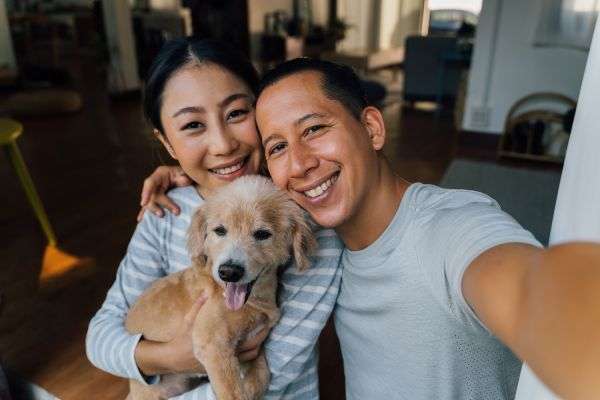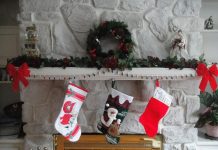
New puppies introduce both excitement and chaos to Bay Area homes, especially when daily life already runs on tight routines and compact spaces. No two homes present the same puppy-proofing needs, but all benefit from structured planning. Rather than react to accidents or chewed furniture, you can shape the environment from day one to make success easier.
Set Up a Dedicated Puppy Zone
Creating a defined area for your puppy helps reduce confusion and limits exposure to household hazards during early exploration. Choose a space that stays within earshot of family activity but offers enough distance from loud appliances or high-traffic walkways.
After identifying the right spot, use adjustable gates or anchored furniture to form boundaries that remain consistent throughout the day. Add practical comforts like a washable bed, a water bowl with a weighted base, and two safe chew toys that won’t splinter or unravel. One important tip for integrating a puppy into your home is to create a space that prioritizes both independence and supervision without turning the room into a free-for-all.
Introduce Consistent Daily Routines
Puppies adapt more quickly when they understand what happens next, and daily structure gives them that mental foothold. Begin with a simple framework: meal times, potty breaks, active play, and rest should follow predictable intervals aligned with your household rhythm. Once the dog recognizes those patterns, training becomes less about correction and more about reinforcement.
Even unpredictable work schedules can support routine by anchoring certain tasks—like morning outdoor time or post-dinner crate rest—to events that occur consistently. Another great tip for integrating a puppy into your home is to treat routine as a language the dog learns through timing and repetition, not just commands.
Socialize With Intention and Awareness
The Bay Area offers endless sensory input for dogs, from cable cars and cyclists to crowded dog parks filled with new sounds and smells. Rather than throw your puppy into every social situation at once, build exposure slowly by controlling distance, duration, and intensity. Use quiet residential blocks or less-busy trails as training grounds before venturing into Golden Gate Park or busy urban sidewalks, and keep treats on hand to reinforce calm reactions to people, other dogs, skateboards, and strollers.
Understand How Breed Traits Influence Behavior
Breed-specific tendencies often shape how quickly a dog adapts to new surroundings, and researching those patterns gives you a head start. Adopting a Boerboel puppy, for example, may be easier since they often quickly bond with their families and benefit from early boundaries that balance affection with structure. Their size and guardian instincts require confident leadership and clear routines from day one. While popular breeds offer plenty of guidance online, no single article can anticipate your individual dog’s temperament or past experiences.
Build Trust Through Positive Reinforcement and Boundaries
Puppies look to their humans for stability, and clear expectations build that trust far more effectively than scolding ever will. Mark desired behaviors—like sitting before the door opens or settling quietly on a mat—with brief praise or small treats that reinforce the moment. Use gates, leashes, and closed doors not as punishment, but as tools to communicate limits in a way that feels consistent and fair.
Bringing a puppy into your home reshapes your space, your habits, and your communication style—all within days. With steady structure and thoughtful planning, that chaos becomes confidence. Set the tone early, and your puppy will follow your lead.






















